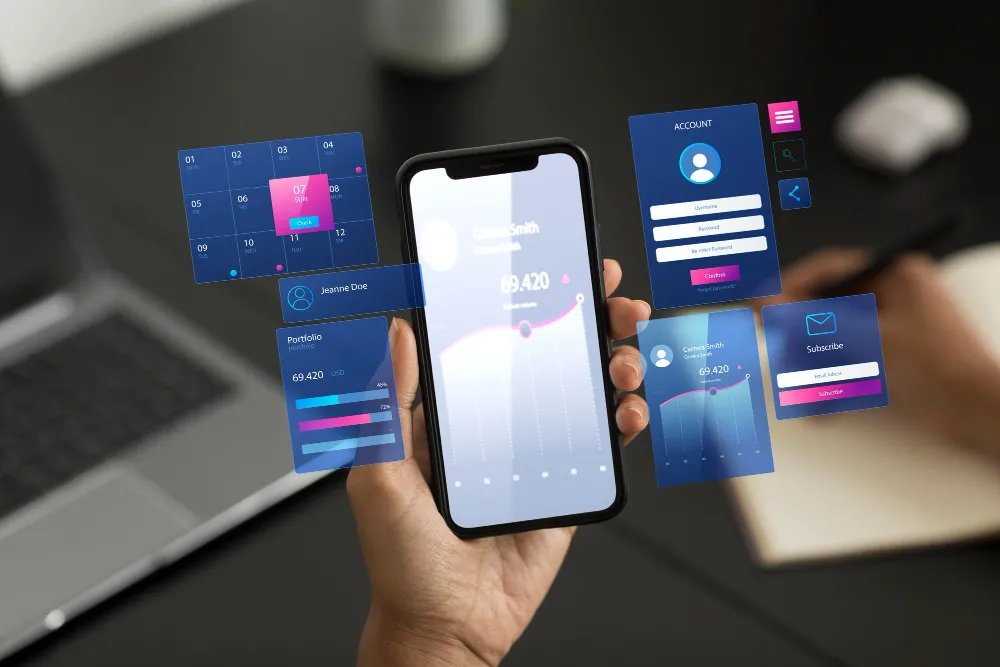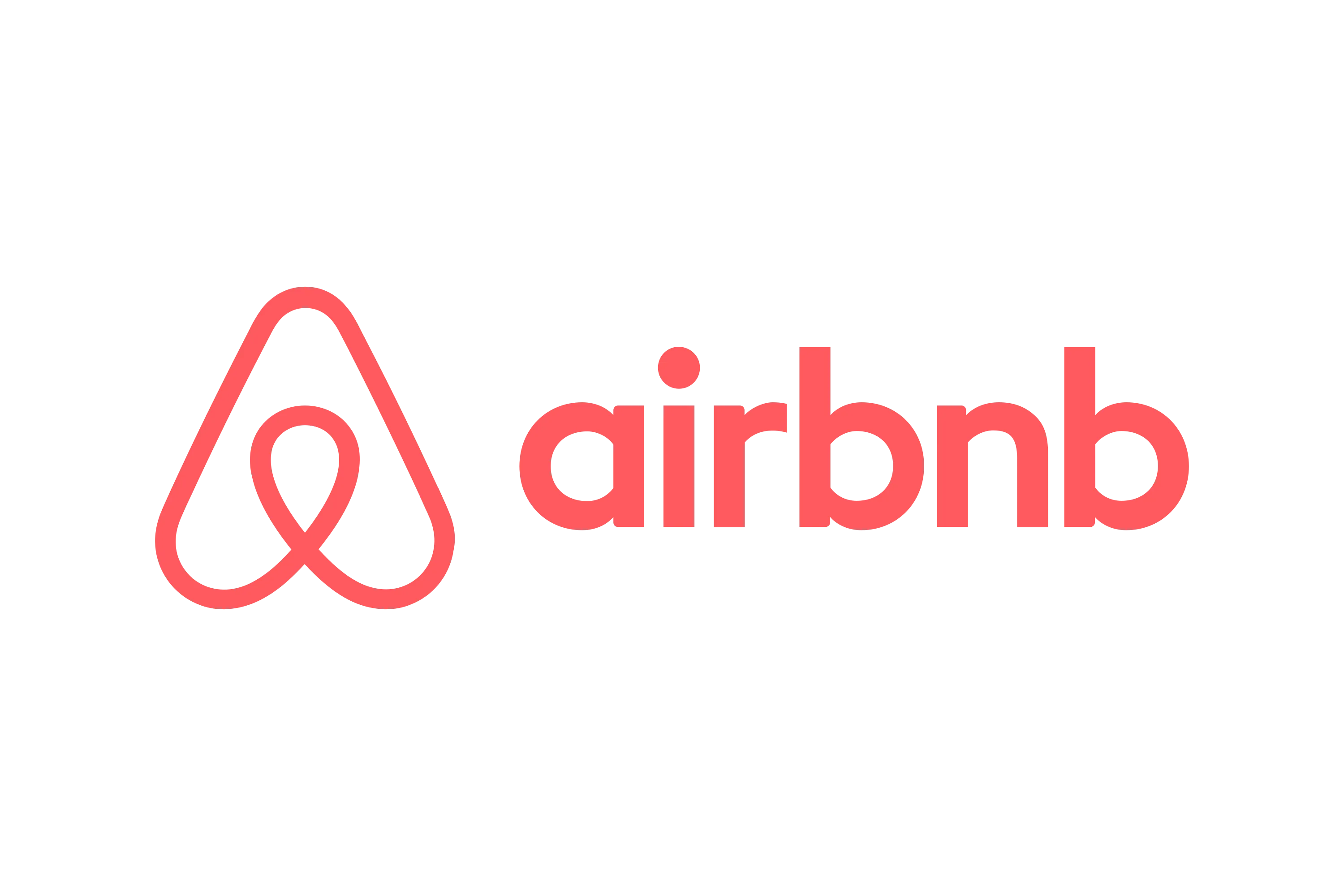Building a Minimum Viable Product: Best Practices
Understand the principles behind creating a successful MVP that validates your product idea with minimal resources.

Understanding the MVP Concept
A Minimum Viable Product (MVP) is the simplest version of your product that delivers enough value for early adopters to use and provide feedback. The key is to create something that allows you to start the learning process as quickly as possible with minimal resources.
The MVP approach is rooted in the Lean Startup methodology, which emphasizes rapid iteration and learning from real user feedback. Here's a simple visualization of the MVP process:
Key Principles of MVP Development
- Focus on Core Value: Identify the main problem your product solves and build only the features absolutely necessary to address it.
- Embrace Imperfection: Your MVP doesn't need to be polished. It's about learning, not perfection.
- Rapid Development: Aim to get your MVP into users' hands as quickly as possible.
- Measurable Outcomes: Define clear metrics to evaluate your MVP's performance and user reception.
- User Feedback Loop: Create mechanisms to gather and analyze user feedback effectively.
Steps to Build a Successful MVP
- Define Your Value Proposition: Clearly articulate the core problem you're solving and for whom.
- Identify Your Target Users: Know who your early adopters are likely to be.
- List Core Features: Determine the minimum features needed to deliver your value proposition.
- Prioritize Features: Use techniques like MoSCoW (Must have, Should have, Could have, Won't have) to prioritize features.
- Create a Development Plan: Outline the steps needed to build your MVP, including timelines and resources.
- Build the MVP: Focus on functionality over design. Keep it simple and scalable.
- Launch and Measure: Release your MVP to your target users and start collecting data and feedback.
- Learn and Iterate: Analyze the results and use the insights to guide your next steps.
Examples of Successful MVPs

Dropbox
Started with a simple video demonstrating the product's functionality, which led to a surge in sign-ups before the product was even built.

Airbnb
Began as a simple website offering air mattresses in the founders' apartment during a design conference when hotels were fully booked.

Zappos
Initially, the founder would go to shoe stores, take photos of shoes, post them online, and then buy the shoes from the stores and ship them once an order was placed.
Common MVP Pitfalls to Avoid
- Feature Creep: Adding too many features beyond what's necessary for the core value proposition.
- Perfectionism: Spending too much time polishing the MVP instead of getting it in front of users.
- Ignoring User Feedback: Not having a system in place to collect and act on user feedback.
- Lack of Clear Success Metrics: Not defining how you'll measure the MVP's success before launch.
- Targeting the Wrong Users: Not identifying or reaching the right early adopters for your product.
- Scaling Prematurely: Trying to scale before validating the core assumptions of your product.
Measuring MVP Success
The success of an MVP is not just about whether people use it, but about the insights you gain. Here are some key metrics to consider:
- User Acquisition: How many users sign up or download your MVP?
- Activation: How many users actually use the core features of your MVP?
- Retention: Do users come back? How often?
- User Feedback: What are users saying about your product? Are they recommending it to others?
- Key Performance Indicators (KPIs): Metrics specific to your product that indicate success (e.g., bookings for a travel app, transactions for an e-commerce platform).
For a more comprehensive look at product metrics and how to track them effectively, check out the article on Key Metrics Every Product Manager Should Track.
Beyond the MVP: Next Steps
Once you've launched your MVP and gathered initial feedback, it's time to decide on your next steps:
- Iterate: Use the feedback to improve and refine your product.
- Pivot: If necessary, make significant changes to your product strategy based on what you've learned.
- Scale: If your MVP validates your core assumptions, start planning for growth and expansion.
- Invest in Quality: Begin improving the design, user experience, and overall quality of your product.
- Expand Features: Carefully add new features based on user feedback and your product roadmap.
Using User Story Mapping to Define Your MVP
One powerful technique for identifying the core problem your MVP should address is user story mapping. This method helps you visualize the user journey and prioritize features based on user needs and business value.
User story mapping can help you:
- Identify the most critical user needs
- Visualize the entire user journey
- Prioritize features for your MVP
- Align your team on what's most important
By creating a user story map, you can more easily identify the "minimum" part of your Minimum Viable Product — focusing on the features that deliver the most value to users with the least development effort.
For a detailed guide on how to create and use user story maps, check out my article on User Story Mapping: Visualizing Your Product Backlog.
❤️ The Rise of the Minimum Lovable Product (MLP)
While the MVP approach has been a staple in product development for years, a new concept is gaining traction: the Minimum Lovable Product (MLP). The MLP approach challenges the notion that your first product iteration should be just "viable" and instead argues for creating something that users will love from the start.
What is a Minimum Lovable Product?
An MLP is the version of a new product that brings back the maximum amount of love from your early tribe members with the least effort.
Key Characteristics of an MLP:
- Focuses on creating an emotional connection with users
- Prioritizes user experience and delight
- Aims to solve the core problem exceptionally well
- May have fewer features, but each feature is polished and valuable
MLP vs MVP: Key Differences
| Aspect | MVP | MLP |
|---|---|---|
| Focus | Viability and functionality | User experience and emotional connection |
| Goal | Validate assumptions quickly | Create loyal early adopters |
| Feature Quality | Basic, functional | Polished, delightful |
| Time to Market | Typically faster | May take longer |
Benefits of the MLP Approach
- Higher User Retention: Users are more likely to stick with a product they love.
- Positive Word-of-Mouth: Delighted users are more likely to recommend your product to others.
- Reduced Marketing Costs: A lovable product can generate organic growth through user recommendations.
- Clearer Product Direction: User love can guide your product roadmap more effectively than mere usage data.
Implementing the MLP Approach
- Identify Your Core Value: Focus on the one thing that will make users fall in love with your product.
- Prioritize User Experience: Invest time in creating a smooth, intuitive interface.
- Gather Qualitative Feedback: Look beyond usage metrics to understand user emotions and experiences.
- Iterate Based on Love: Use user delight as a key metric for feature development and improvement.
- Balance Scope and Quality: It's better to have fewer features that users love than many that they're indifferent about.
While the MLP approach can lead to stronger user connections and potentially faster growth, it's important to note that it may require more upfront investment in terms of time and resources. The choice between MVP and MLP often depends on your specific product, market, and resources. Some products may even benefit from a hybrid approach, where core features are developed to be "lovable" while others remain at the "viable" stage.

Building lovable products can certainly be more motivating
Technical Considerations for MVP Development
When it comes to actually building your MVP, there are some important technical considerations to keep in mind:
- Prioritize Speed: The primary goal of an MVP is to get something in front of users quickly. This often means making trade-offs in terms of code quality or scalability.
- Choose Familiar Technologies: Stick with technologies your team knows well to avoid learning curves that could slow down development.
- Consider Using a Rapid Development Framework: Tools like Ruby on Rails, Django, or Next.js can help you build functional web applications quickly.
- Embrace "Ugly" Code: Some product leaders advocate for intentionally writing "ugly" or quick-and-dirty code for MVPs. The idea is that if your MVP is successful, you'll want (and have the resources) to rewrite it anyway. If it's not successful, you haven't wasted time over-engineering.
- Focus on Core Functionality: Build only what's necessary to test your core hypotheses. Avoid nice-to-have features or optimizations.
- Plan for Data Collection: Ensure you have the necessary analytics and feedback mechanisms in place to learn from your MVP.
Remember, the goal of an MVP is learning, not perfection. It's often better to have a functional but imperfect product in users' hands than a perfectly engineered product that's still in development.
A Note on the "Ugly Code" Approach:
While writing quick, "ugly" code can speed up MVP development, it's important to strike a balance. Extremely messy code can lead to difficulties in fixing bugs or adding crucial features. Aim for a middle ground where the code is quick to write and functional, but not so convoluted that it becomes a major hindrance.
Conclusion
Building a Minimum Viable Product is a crucial step in the product development process. It allows you to test your core assumptions, gather real user feedback, and make informed decisions about your product's future. By focusing on the essentials, embracing imperfection, and maintaining a learning mindset, you can create an MVP that sets the foundation for a successful product.
At the same time, the emerging concept of Minimum Lovable Product offers an alternative approach that prioritizes user delight from the very beginning. Whether you choose the MVP or MLP route (or a combination of both), the key is to start with a clear focus on your core value proposition, engage closely with your users, and be prepared to adapt based on what you learn.
Remember, the goal of these early product iterations is not perfection, but learning and improvement. Stay focused on solving real problems for your users, listen to their feedback, and continuously refine your product to better meet their needs.
Need Help Building Your MVP?
Struggling to define or develop your Minimum Viable Product? I can help you strategize, prioritize features, and create a plan to build and launch your MVP effectively.
Get in Touch